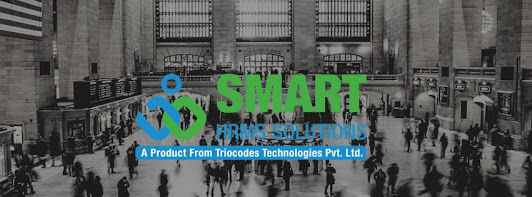How can you Protect Employee Data on HRMS?
With the widespread use of HRMS management software, organizations are increasingly relying on these systems to store employee data. This data includes sensitive information such as email addresses, bank details, personal data, social security numbers, and more. Whether the HRMS is cloud-based or on-premises, it is vulnerable to threats like identity theft and security breaches. Therefore, organizations must implement robust practices to protect HRMS solutions. In this blog, we will explore ways to help organizations secure employee data on their HRMS software and ensure data integrity.
Regular Compliance Checks
Organizations must adhere to GDPR and HIPAA regulations to ensure they are following all necessary procedures to protect private information. HRMS solutions should feature a regulatory compliance dashboard that displays the status of all security assessments in relation to the established regulations.
CI/CD Implementation
For HRMS vendors, embedding security at the early stages of the Software Development Life Cycle (SDLC) is crucial for safeguarding employee data. This involves tasks such as active testing and script verification to identify and address vulnerabilities.
Employee Training
Training employees to identify potential risks and best practices for handling them helps ensure the security of sensitive information. For example, educating them about password management, data handling protocols, and cyber threats. Regular reminders about data privacy and security should be sent to all employees, along with relevant informational resources.
Data Storage Checks
To protect data stored on the HRMS, organizations must conduct regular checks on data storage and integrity, implement data encryption, perform backups, and monitor hardware for failures. This helps maintain the highest standards of data security.
Vulnerability Assessments
Timely vulnerability assessments are essential to ensure the security and integrity of HRMS, especially for the data collected by the system. Since data is often transferred to the cloud, it is crucial to thoroughly scan for potential exploits and proactively find mitigation techniques.
Role-Based Access Control
RBAC limits access to information and resources based on an employee’s role within the organization. Authorized access controls restrict confidential information to those who need it for their job roles. For instance, IT administrators have access rights for system configuration, whereas regular employees have limited access.
Data Encryption
Encryption techniques reduce the risk of unauthorized access and protect data at rest and in transit. This involves creating, distributing, and storing keys for data encryption and decryption. Advanced algorithms such as RSA and AES convert data from a readable format to an unreadable one, making it difficult to decode.
Multi-Factor Authentication
Multi-factor authentication requires multiple forms of identification to grant access. This can include password combinations, biometric verification, and security tokens. By implementing multi-factor authentication in HRMS, organizations add an extra layer of security even if login credentials are compromised.
Cloud Security
It is important to assess the security of cloud vendors against industry standards to ensure the selected cloud service providers are secure. Additionally, organizations should conduct regular monitoring, implement intrusion detection systems, send automated alerts, and enable proactive responses to threats. These measures create a stable and secure cloud environment for storing employee data.
Conclusion
Robust HRMS like SignalHRM can help enforce data security with advanced data protection techniques. By deploying such modern HRMS, organizations can optimize data protection and execute their administrative operations effectively.





No comments:
Post a Comment